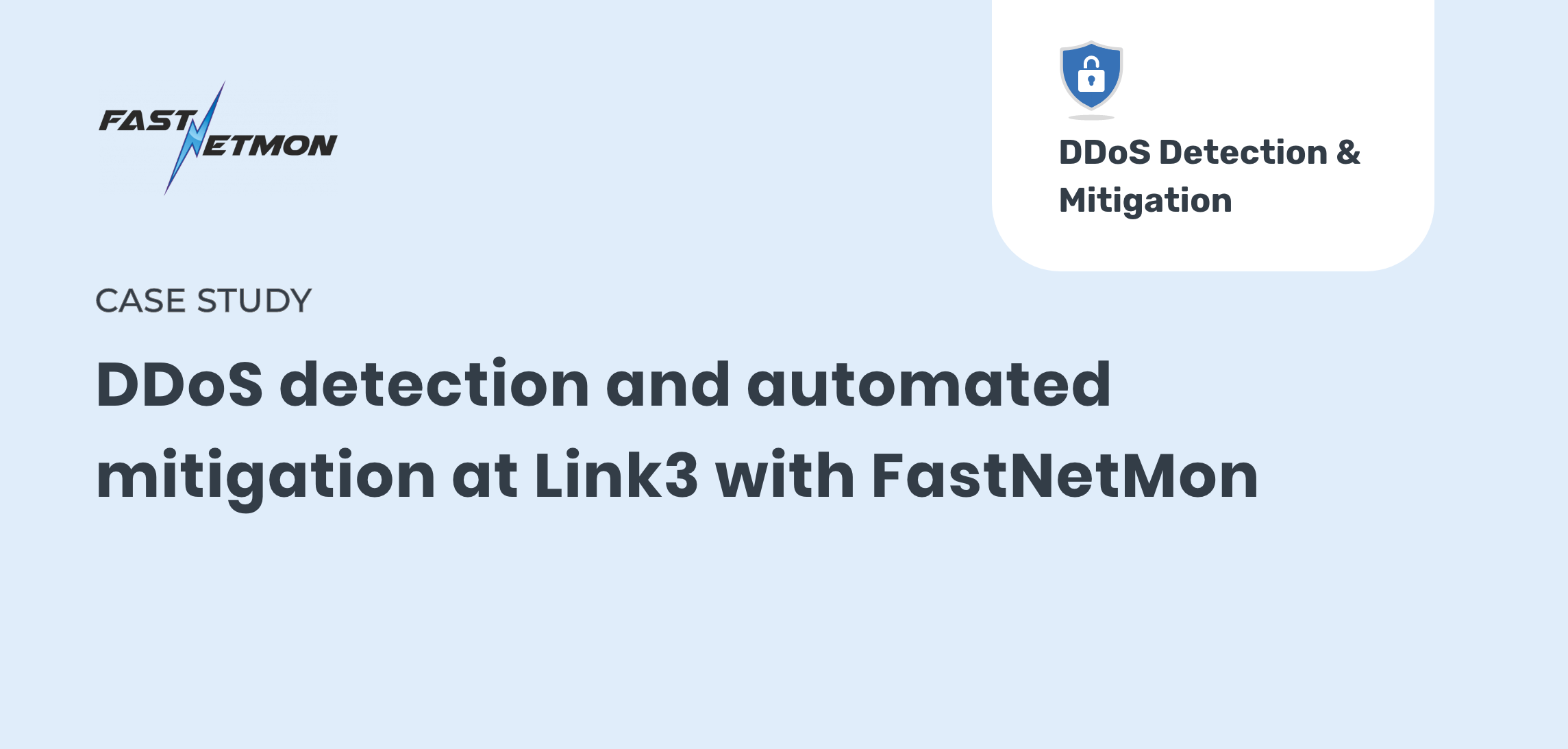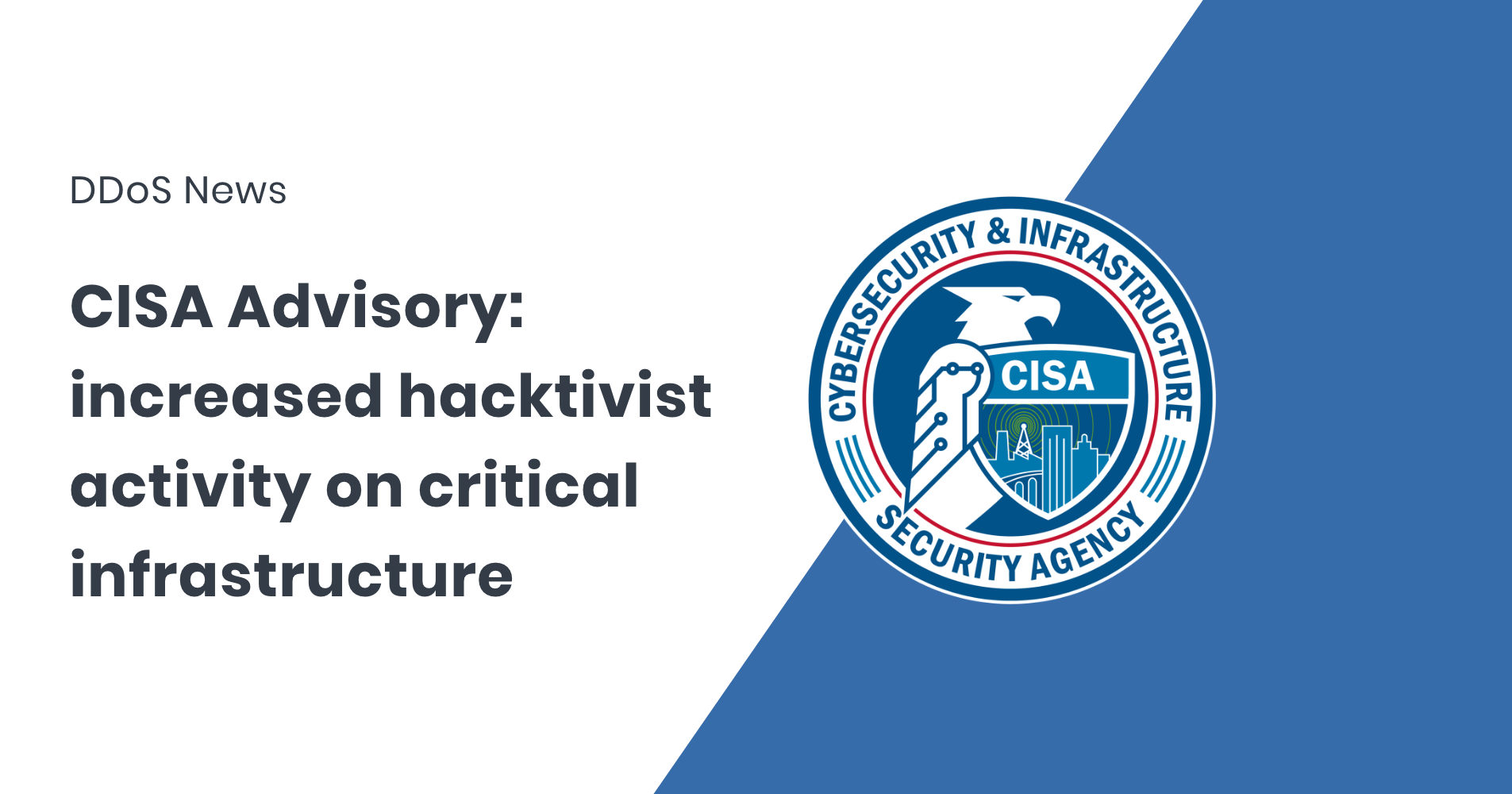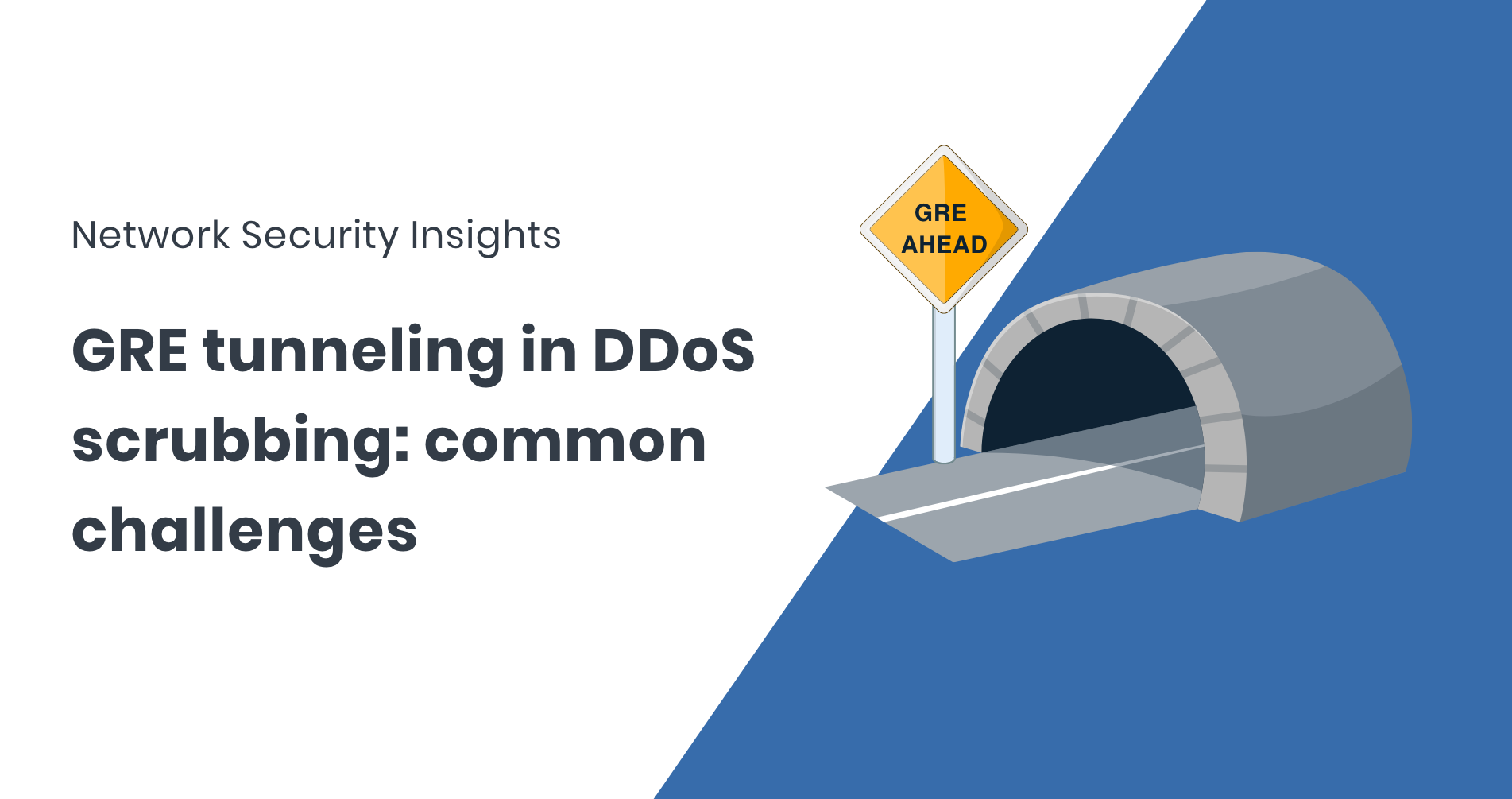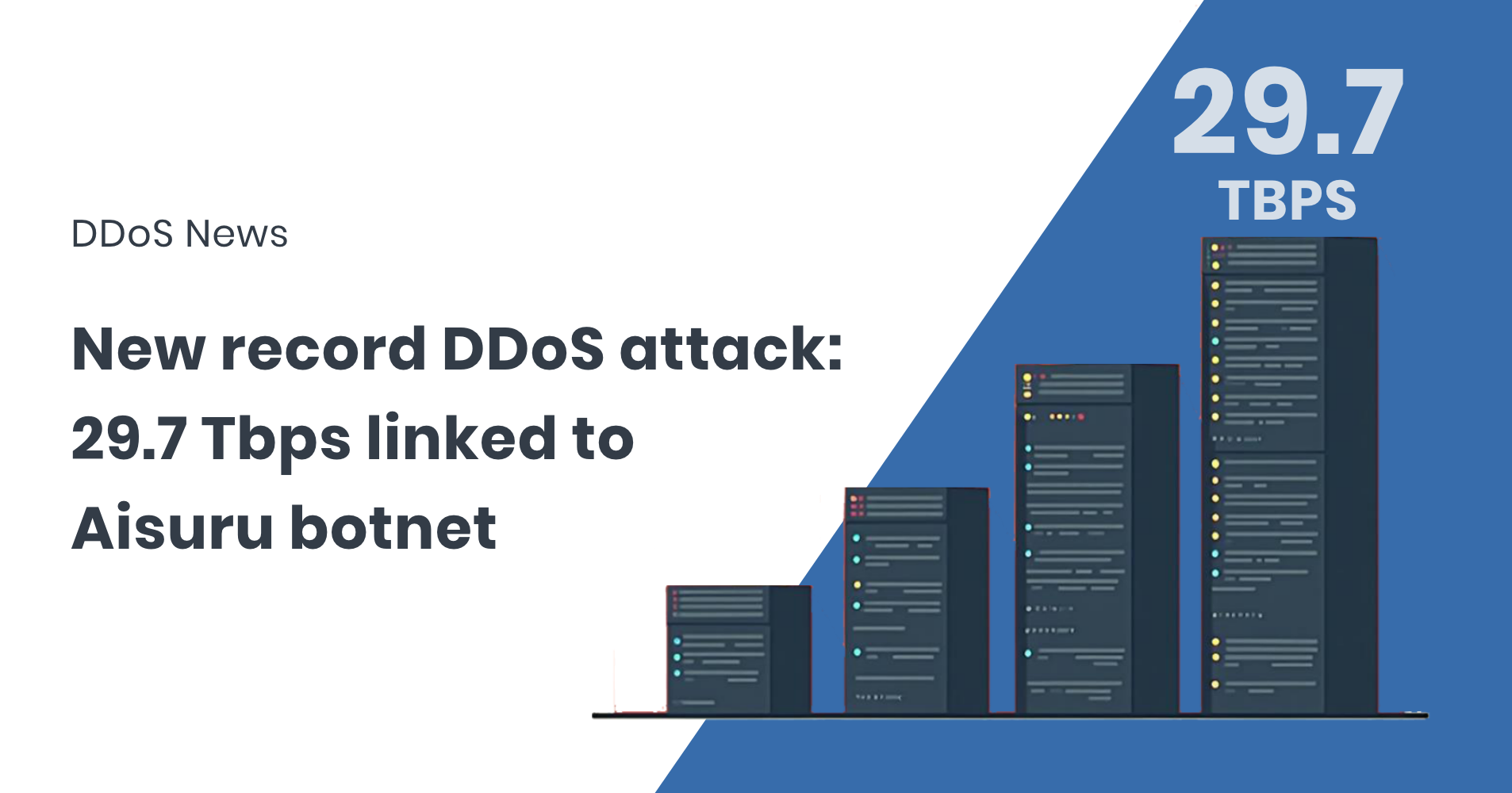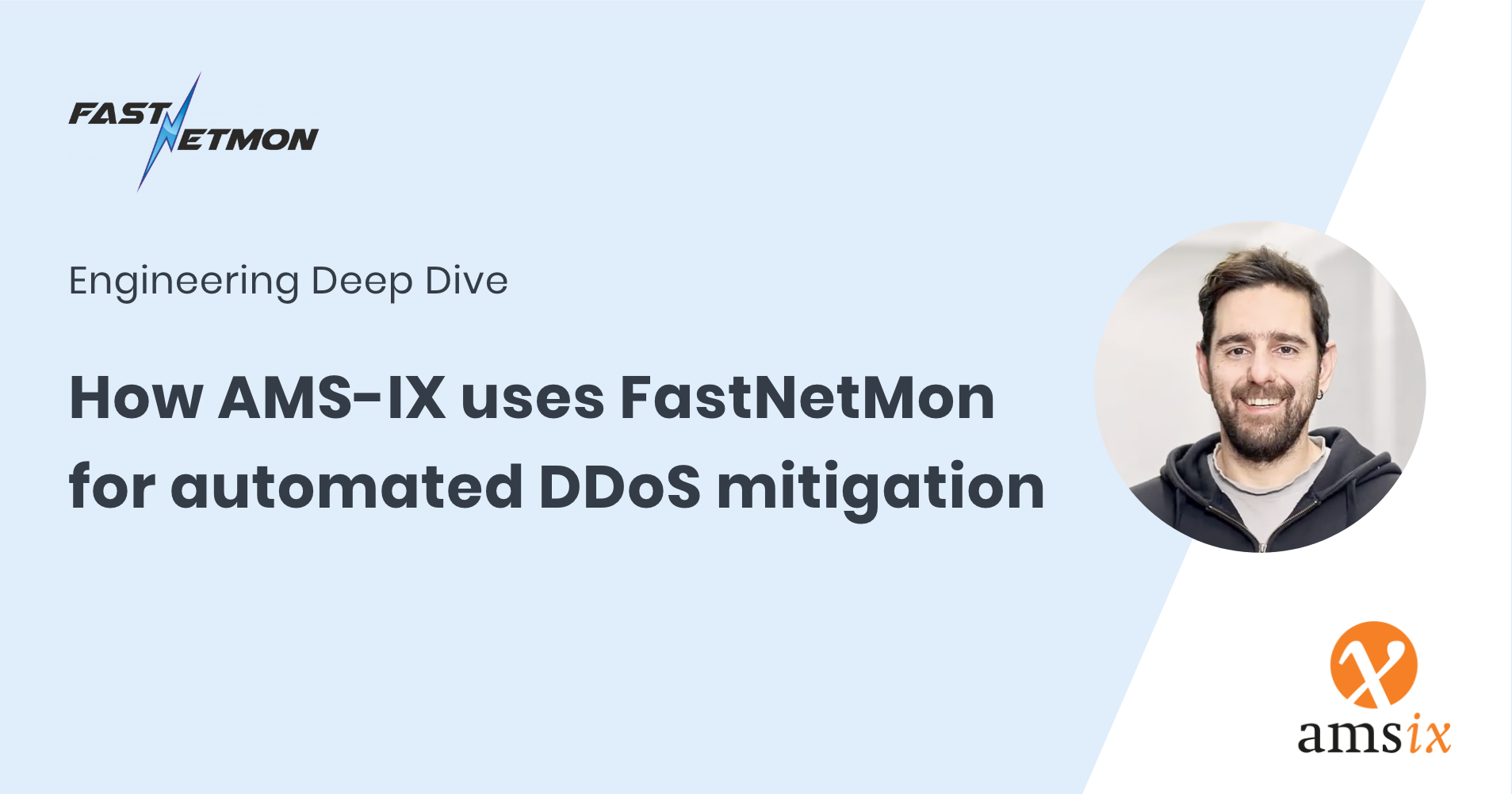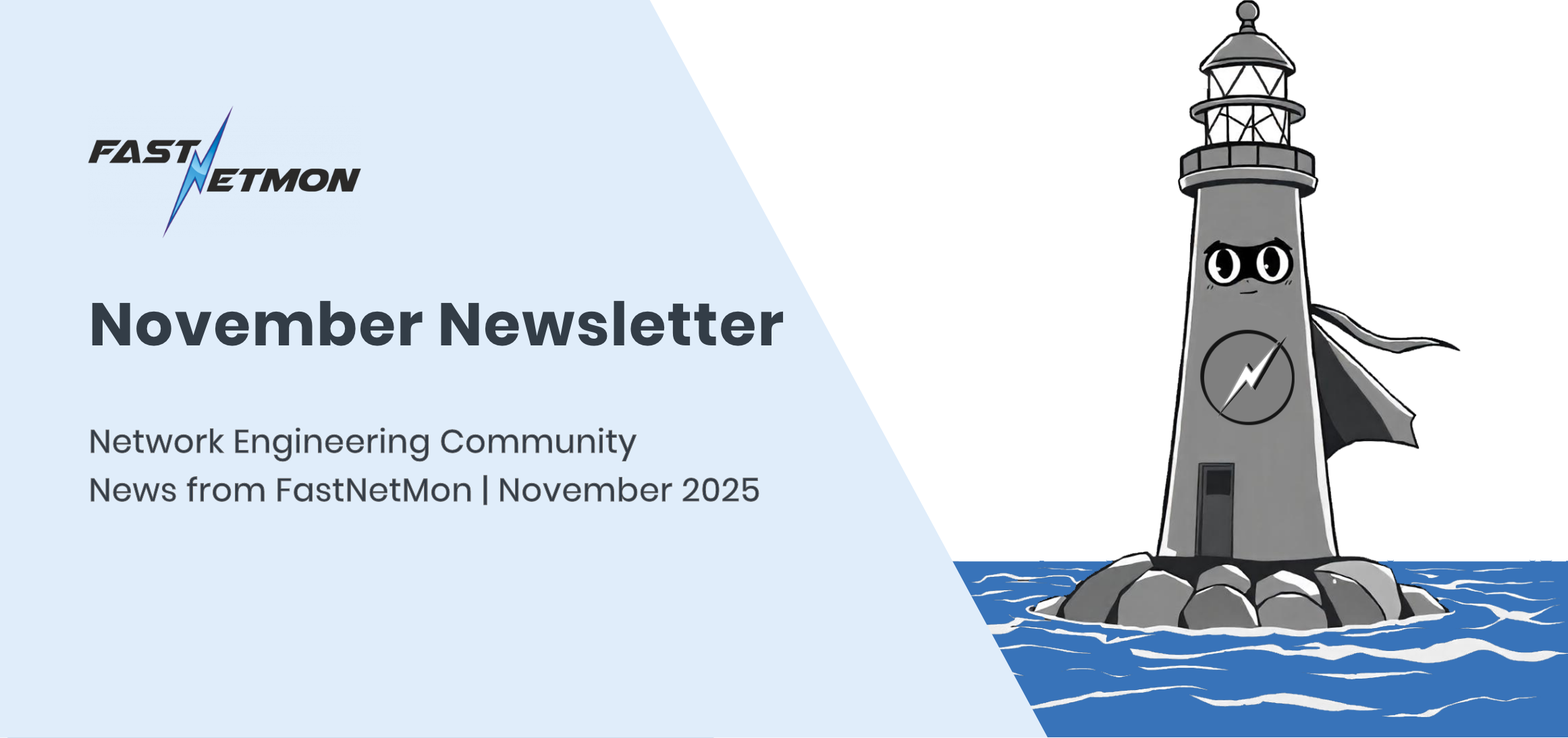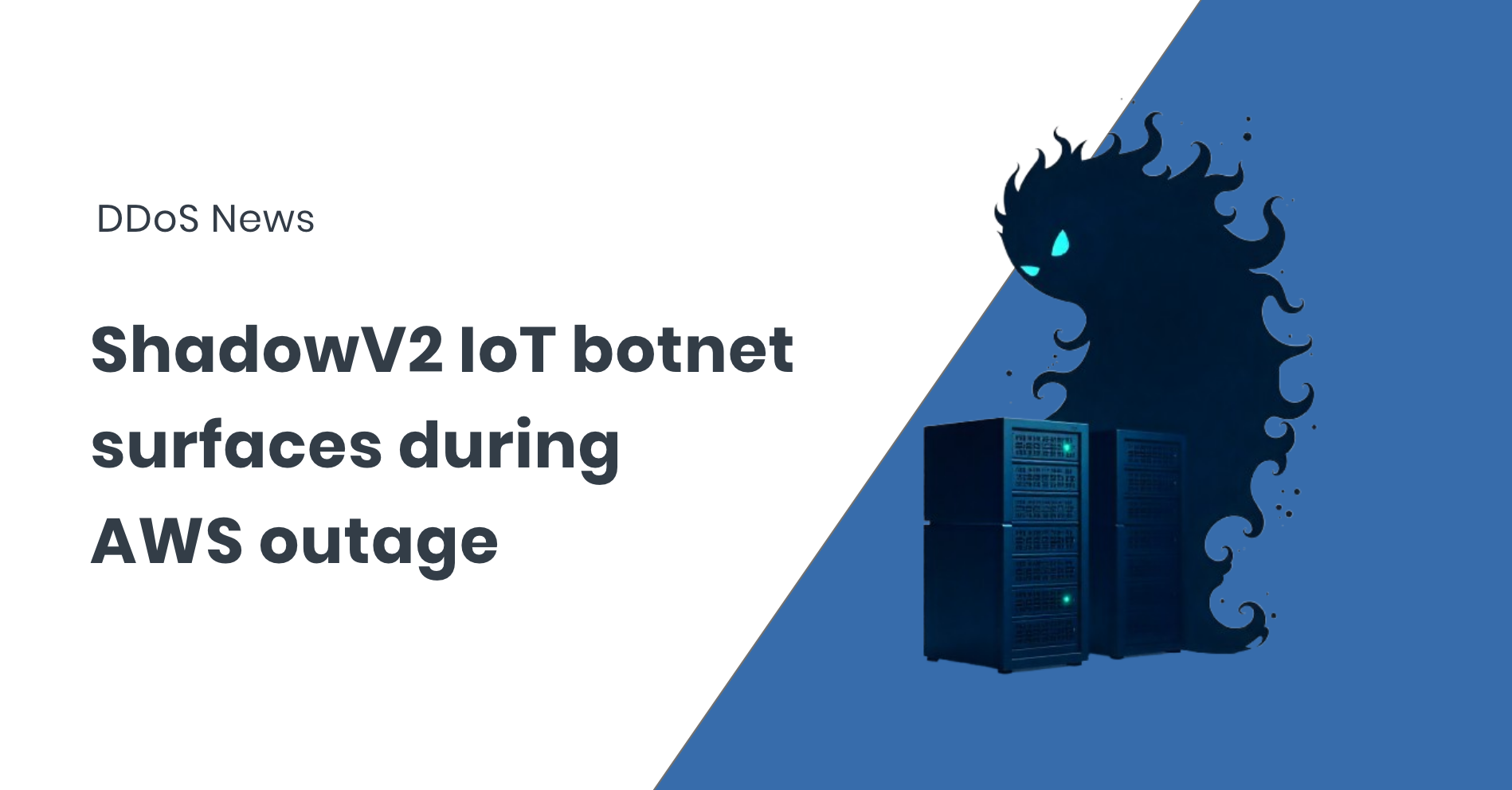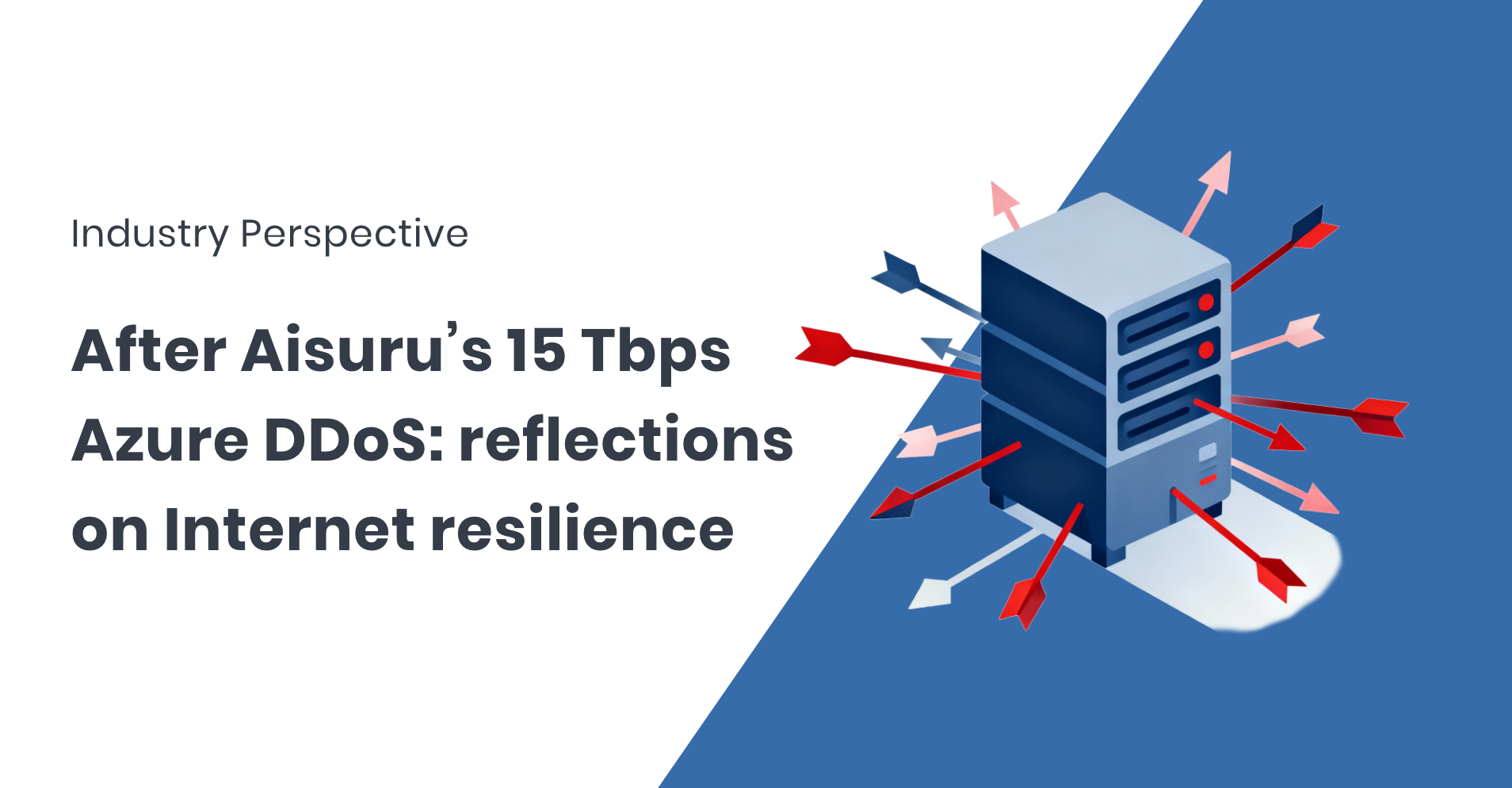On 21 March 2025, we had the pleasure of attending CLNOG 2025, held in Santiago, Chile. This event brought together network operators and industry experts from across the region, highlighting ...
Case study summary As one of Bangladesh’s leading internet service providers, Link3 Technologies operates a high-traffic network that must remain stable and responsive under all conditions. To support this, Link3 ...
CISA, together with the FBI, the Department of Energy, the EPA, and international partners, have issued a joint advisory highlighting ongoing DDoS and intrusion attacks targeting operational technology (OT) and ...
This article is written by Herve Hildenbrand and was originally published on LinkedIn. Reposted with the author’s permission. A DDoS attack almost ruined my 40th birthday. Not the party, but ...
One of the most common ways to protect a network from large volumetric DDoS attacks is to divert the malicious traffic to a scrubbing centre. These dedicated networks remove harmful ...
DDoS news: December 4th 2025 A new world-record DDoS attack has been confirmed, peaking at 29.7 terabits per second (Tbps) and launched by the Aisuru botnet, a large DDoS-for-hire network ...
Every time law enforcement announces a major DDoS botnet operation, the Internet seems to exhale in relief. Servers are seized, operators arrested, domains pulled out from under them. For a ...
Introduction DDoS attacks have long been a thorn in the side of network operators—but AMS-IX faced a particularly unusual challenge. Unlike the massive volumetric attacks that make headlines, the attacks ...
Network Engineering Community News – FastNetMon Welcome to our Network Engineering Community News! Hi from FastNetMon! November came with plenty to talk about. We’ve got a standout guest post from ...
During late October 2025, a new Mirai-derived botnet dubbed ShadowV2 was observed exploiting unpatched IoT devices across multiple sectors and 28 countries. While the activity lasted only a day, it ...
This week, Microsoft confirmed it had mitigated the largest DDoS attacks ever observed on Azure: a 15.72 Tbps, 3.64 Bpps barrage against a single public IP endpoint in Australia. The ...

